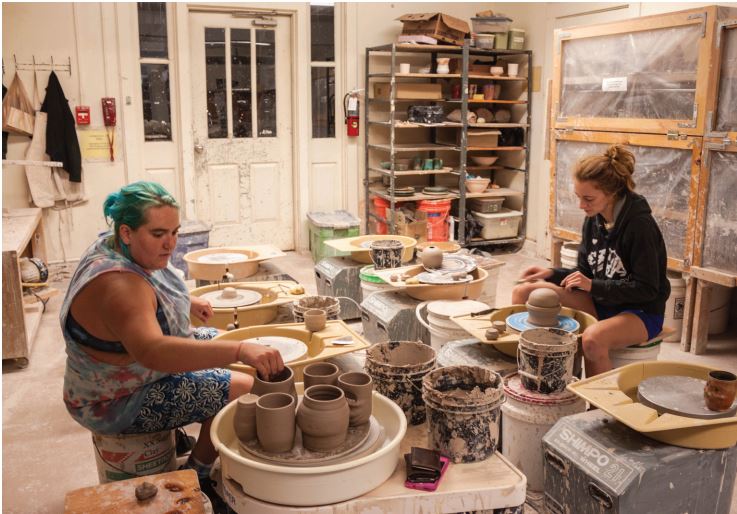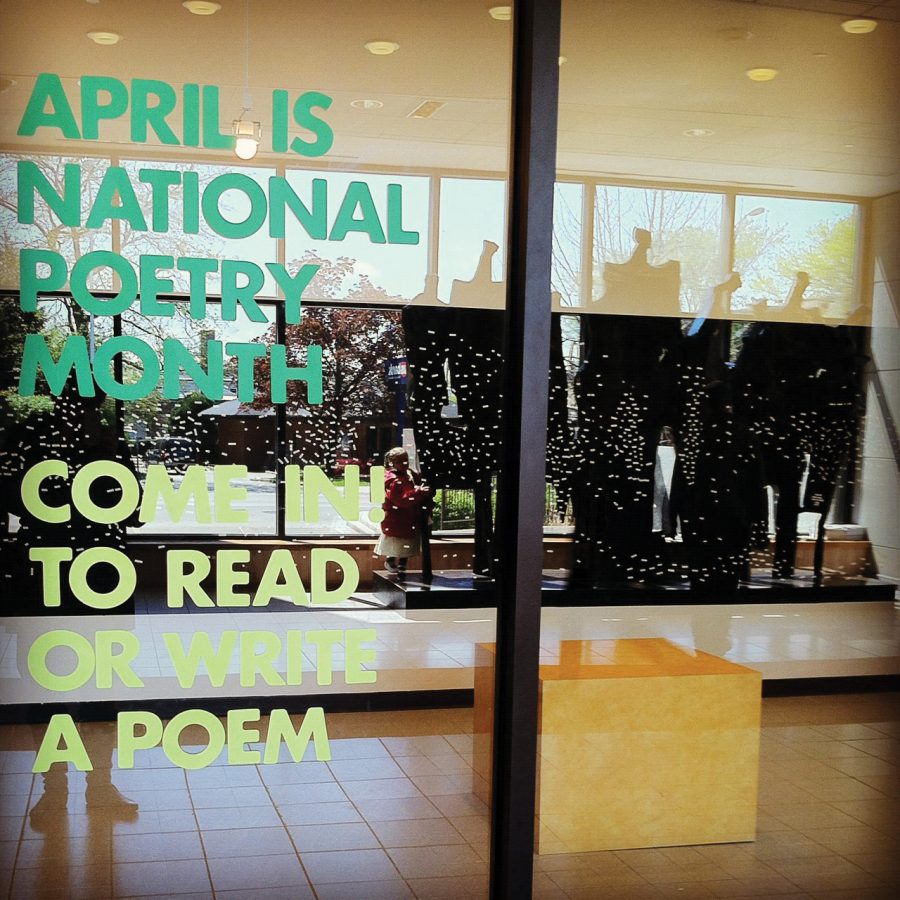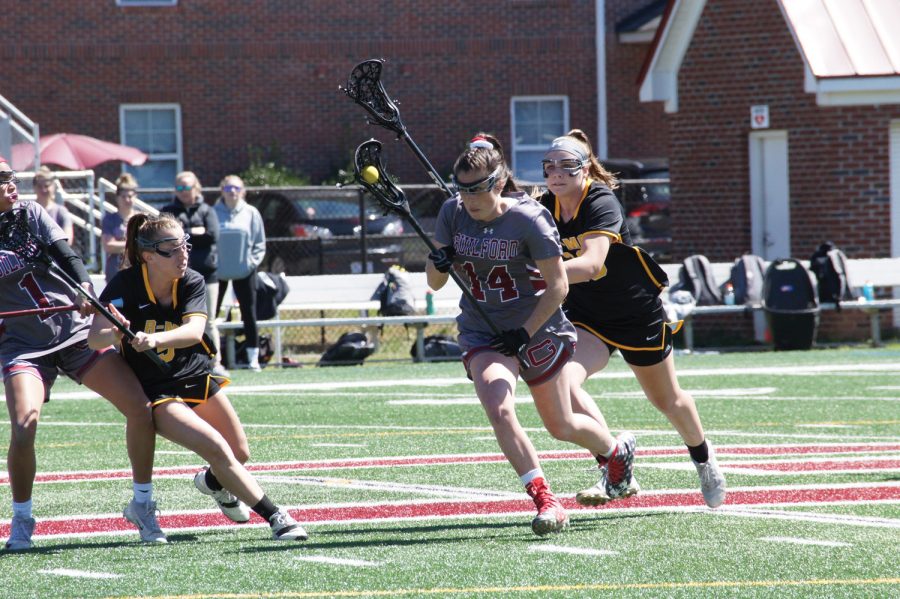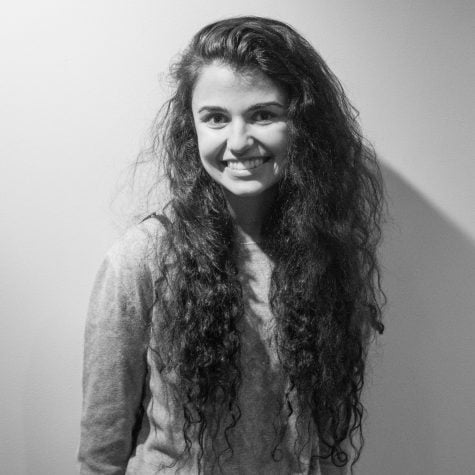As October break approaches, I have been looking for classes to take the second semester of my senior year. Maybe I will take ceramics, except that it is an extra $75. I could take etching, but it is another $60. African drumming could be a really cool class if not for the additional $150 charge.
Many courses in the arts at Guilford College cost money in addition to what students are already paying in tuition, which undermines people with art majors as well as people who want to take the classes for fun.
“It definitely discourages folks from being able to take (art) classes if they’re already paying with two of their limbs and can’t really afford to pay any extra,” said Molly Freilich ’16, who majored in art.
The music department covers a lot of the costs for music majors and minors through scholarships. However, many classes remain unavailable to students in the department, especially private lessons.
“It used to be $400 for a one-credit lesson, which was a half-hour lesson a week, and $800 for a two-credit lesson, which is an hour a week,” said junior Eli Phillips, a music major.
“Now, it’s $350 and $700, so it’s a little better.”
In a 12-week semester, this amounts to approximately $21 for every one-credit lesson and $58 for a two-credit lesson.
Though it has decreased, the extra cost attached to these classes deters students from learning about art or music and places a deeper importance on subjects like English or biology, a subject that also uses expensive equipment.
“I would’ve liked to take painting, but I like to do spray painting, which is super cheap,” said Freilich. “You can get a can of spray paint for (a few) cents, but oil paints are really expensive. There are ways that you can get around it, but I don’t want to do it long term. I just wanted to learn how to do it.
“So I guess it was more about weighing the pros and cons, and it wound up not being worth it.” This indicates to many students that Guilford values other subjects over the arts.
This also limits the options students have after graduation.
The music scholarships are not offered to those outside the music major, so many students experience difficultly when they are not majoring in music but still want to take music classes.
Additionally, the music scholarships do not cover the costs of courses outside the major, so students like Phillips are still limited in their elective choices in art courses.
There are many ways in which we can cut down the costs. For one thing, classes can use sustainable methods in their projects.
“(Assistant Professor of Art Mark Dixon ‘96) takes his students to the scrapyard to get steel for welding, and that’s super cool,” said Freilich. “Then you can keep on practicing whatever you’re doing outside of college.”
Though there are many classes in which this would be more difficult, such as painting or photography, this begs the question: Why does Guilford not have the money to eat the costs of the material fees?
“If folks are paying a s— ton to already be here, where’s the money going?” said Freilich. “I know the teachers aren’t getting paid proportionately to what students are paying.”
The solution, then, rests with the College. In order to make art and music classes more available, use sustainable materials and dis- tribute more money to the art and music department.












